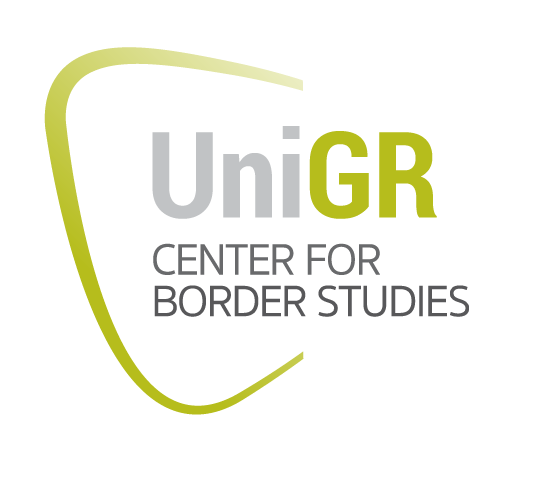Conference 2025: 40 Years of Schengen: People, Borders, Politics
11 June 2025 | 9:30-6:00 | Chambre des salariés du Luxembourg | 2-4 rue Pierre Hentges | Luxembourg
The anniversary should not be a “mourning ceremony”, but a “big party” – this is how the Luxembourg Minister for Home Affairs in January 2025 envisioned the upcoming 40th anniversary of the signing of the Schengen Agreement. 40 years ago, it initiated the gradual abolition of controls at the EU's internal borders and has proven to be a European success story ever since. The agreement, which was concluded on 14 June 1985, initially between Belgium, France, Luxembourg, the Netherlands, and the Federal Republic of Germany, has been signed by 29 countries to date.
Schengen is unique worldwide and connects: Today, more than 450 million people in 25 EU countries and 4 European Free Trade Association (EFTA)-countries enjoy free movement and can travel, work, and live in an EU country without special formalities. An estimated 3.5 million cross internal borders every day and around 1.7 million people reside in one Schengen country but work in another. Altogether, Europeans make an estimated 1.25 billion journeys within the Schengen area every year.
The European Migration Network Luxembourg (EMN Luxembourg) and the UniGR-Center for Border Studies invited stakeholders, practitioners, researchers, and citizens to celebrate the round anniversary of the Schengen Agreement, while also critically reflecting on it in light of recent developments. By increasingly introducing temporary controls at the EU's internal borders, the Schengen countries had called into question the European achievement of open borders. Was the European Schengen spirit about to be replaced by a national border spirit? And what would this have meant for the future of Europe, its citizens, and border regions?
Guests and participants discussed these and other questions concerning the EU's internal and external borders. A particular focus was placed on the free movement of people in border regions, especially in the Greater Region SaarLorLux, and its impact on socio-economic and socio-cultural integration processes. Furthermore, a debate took place on whether the margins of the Schengen Area—namely the EU's external borders—could be viewed as a partially insurmountable regulating apparatus for those seeking protection and asylum. Finally, the interrelationship between the EU's external and internal borders and its relevance to the functioning of the Schengen Area was discussed.
Conference organized by the European Migration Network Luxembourg and the UniGR-Center for Border Studies.
Working languages are English and French with translation.
Contact
Denise Rodrigues (denise.rodriguesmarafona@uni.lu)

















